Yes you treat each node with the "three" bars as connected. Those are ground symbols and are treated as the 0v reference when making voltage measurements. It is also more convenient to show the end of each branch off of the battery with a ground symbol instead of drawing a line all the way back to the battery's negative terminal.
The ground symbol gets its name because it can be used to represent a connection that actually connects to the earth via some conductor buried into the ground. Literal earth connected grounds are usually labeled as such.
*Addition:
You are aware of Kirchhoff's Laws, so we will use the KVL to gain some insight. Imagine a loop going up R3,R2 and back down R4,R5. We know the sum total voltage must be zero. Following that loop we have -30 + VR2 + 35 + 40 = 0. From this we have VR2 = 45V. From this notice that VR2+VR3 = VR4 + VR5, That makes sense they are in parallel. As for the voltage at N1 remember it is referenced to ground. So trace a path to ground and see what the voltage drop is. Starting from N1 down R4 we drop 35V, continuing down R5 we drop another 40V for a total of 75V. So N1 = 75V, Notice this works if you go down R2 and R3.
